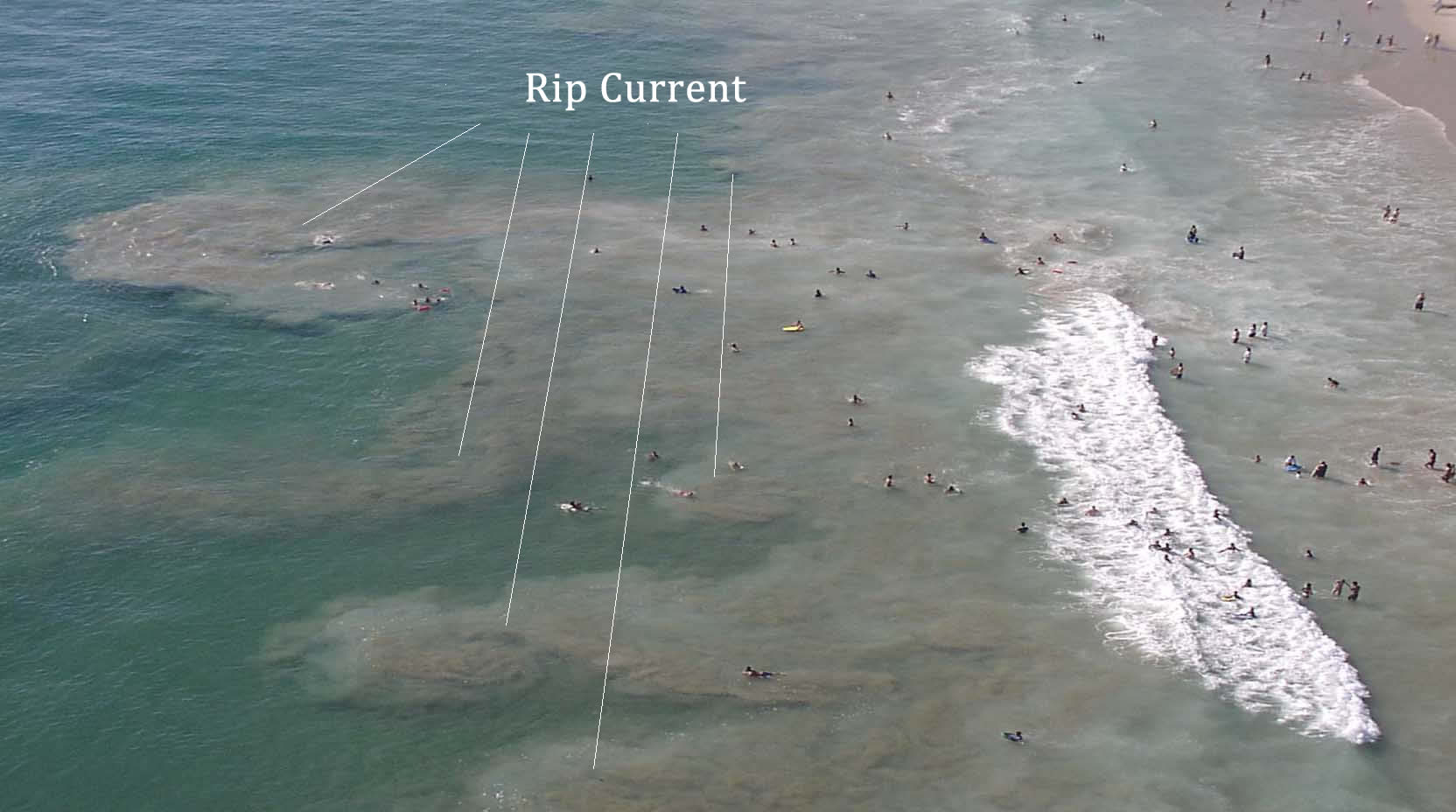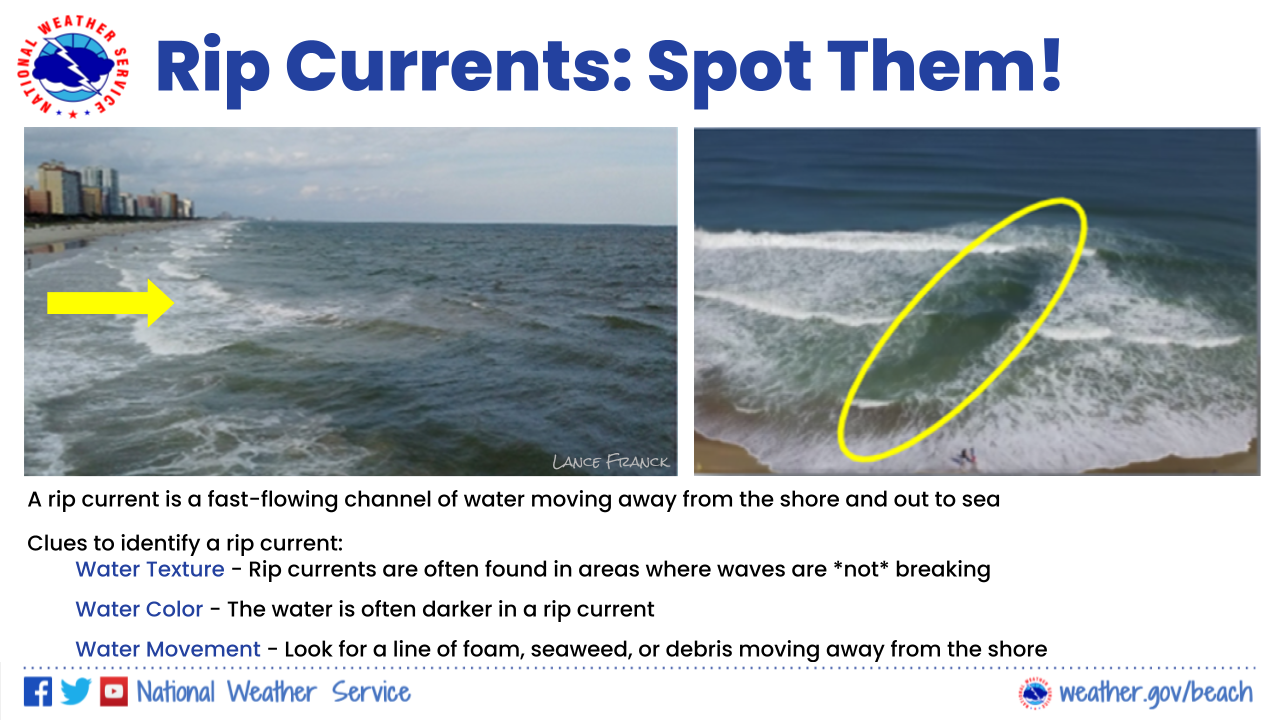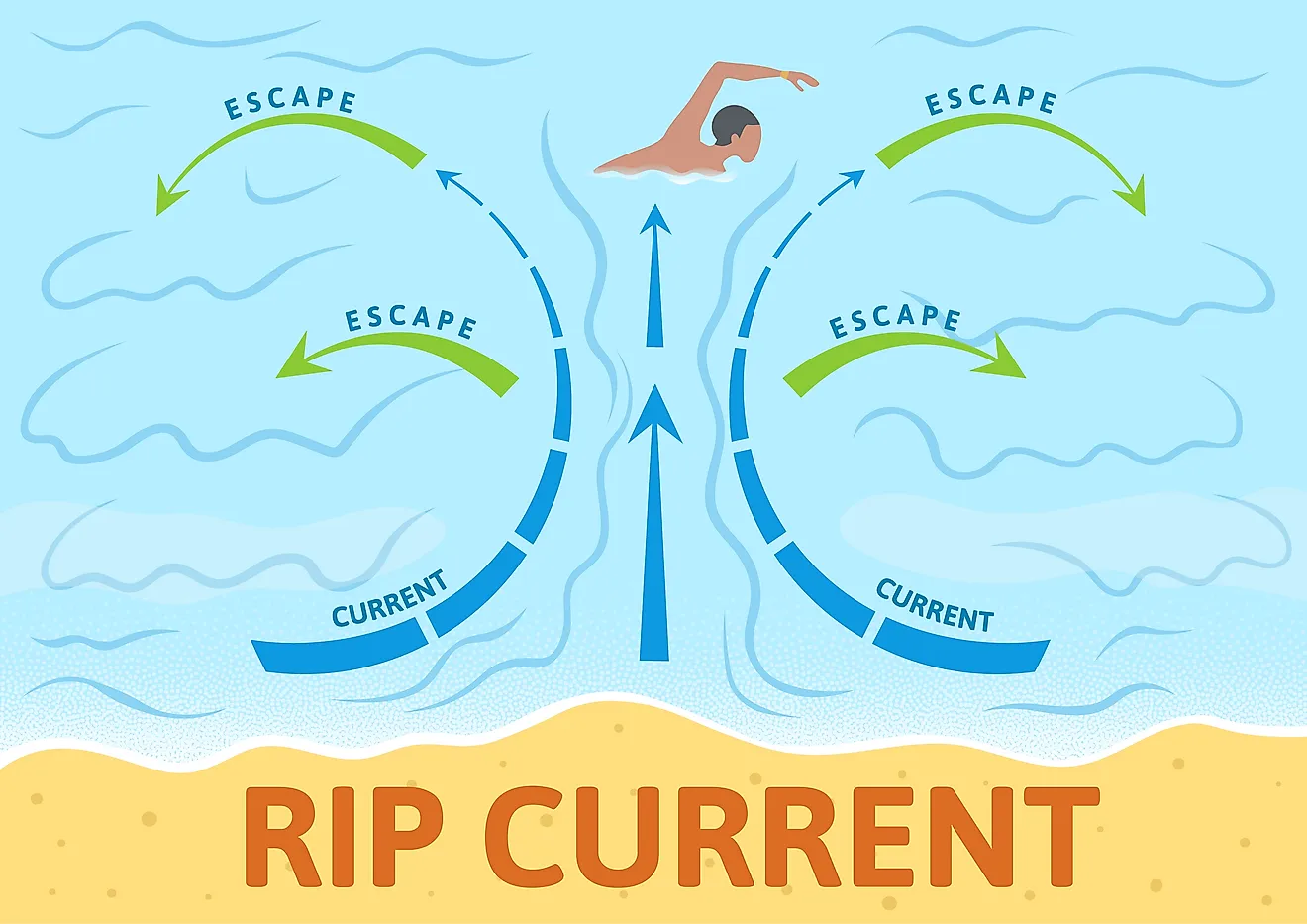Characteristics of a Rip Current: What Is A Rip Current

What is a rip current – Rip currents are powerful, narrow channels of fast-moving water that flow away from the shore. They are often difficult to see, and can quickly pull swimmers out to sea. Rip currents are caused by the interaction of waves and underwater topography, such as sandbars and jetties.
A rip current is a narrow, fast-moving channel of water that flows away from the shore, often through a break in the sandbar. If you get caught in a rip current, don’t panic. Stay calm and swim parallel to the shore until you reach calmer waters.
For more information on rip currents , check out this article. Remember, rip currents can be dangerous, so it’s important to be aware of them and know what to do if you get caught in one.
Appearance
Rip currents typically appear as areas of choppy water, with waves breaking in a different direction from the rest of the beach. They can be anywhere from a few feet to several hundred feet wide, and can move at speeds of up to 8 feet per second.
Rip currents are powerful, narrow currents of water that flow away from the shore, often through breaks in the sandbar. They can be difficult to spot, and even experienced swimmers can be caught off guard. Brewers angels prediction can help you avoid rip currents by providing information on their location and strength.
Rip currents can be dangerous, but by being aware of them and taking precautions, you can stay safe while enjoying the beach.
Causes
Rip currents are caused by the interaction of waves and underwater topography. When waves break on a beach, they create a current that flows back towards the sea. This current can be strong enough to pull swimmers out to sea, even if they are strong swimmers.
Types, What is a rip current
There are two main types of rip currents: permanent and flash. Permanent rip currents are located in the same place all the time, while flash rip currents can form and disappear quickly.
Common Locations
Rip currents are most common on beaches with a steep slope, such as beaches with sandbars. They can also occur on beaches with jetties or other structures that disrupt the flow of waves.
Identifying Rip Currents

Identifying rip currents can be challenging, but there are several visual cues and indicators that can help. These include:
- Choppy water: Rip currents often have choppy, turbulent water that is different from the surrounding area.
- Breaks in wave patterns: Rip currents can create breaks in wave patterns, where there is a noticeable gap in the waves.
- Discolored water: Rip currents can sometimes carry sediment or debris, which can discolor the water.
In addition to these visual cues, it is also possible to use aerial imagery or satellite data to locate rip currents from a distance. These images can provide a broader perspective and can help to identify rip currents that may not be visible from the beach.
Finally, there are a number of technologies that can be used to monitor and warn of rip currents. These include rip current detection buoys, which can be placed in the water to detect the presence of rip currents and alert swimmers.
Staying Safe in Rip Currents

Rip currents are powerful, narrow channels of fast-moving water that can pull swimmers out to sea. If you find yourself caught in a rip current, it is important to remain calm and follow these steps:
1. Don’t panic. Panicking will only make it harder to think clearly and swim effectively.
2. Swim parallel to the shore. Do not try to swim directly back to shore against the current. Instead, swim parallel to the shore until you are out of the rip current.
3. Signal for help. If you are unable to swim out of the rip current, signal for help by waving your arms and calling for assistance.
4. Use flotation devices. If you have a flotation device, such as a life jacket or boogie board, use it to help you stay afloat.
If You Are Caught in a Rip Current
- Remain calm and don’t panic.
- Swim parallel to the shore until you are out of the rip current.
- Signal for help if you are unable to swim out of the rip current.
- Use flotation devices if you have them.
Rip currents are powerful, narrow currents of water that flow away from the shore, often through breaks in the sandbar. They can be dangerous for swimmers, as they can quickly pull them out to sea. One particularly dangerous rip current is located at Panama City Beach, Florida.
The Panama City Beach rip current has been responsible for several drownings, and it is important for swimmers to be aware of its location and to take precautions when swimming in the area. Rip currents can be difficult to spot, but there are some signs that can help you identify them, such as a break in the line of waves, choppy water, and a current that is moving faster than the surrounding water.
A rip current is a powerful, narrow channel of fast-moving water that flows away from the shore. It can be difficult to spot, as it often appears as a calm area in the water. However, if you find yourself caught in a rip current, it’s important to stay calm and swim parallel to the shore until you can escape its grip.
In the meantime, you can catch the latest updates on the angels v dodgers game. Just remember, rip currents can be dangerous, so it’s always best to swim with a buddy and be aware of your surroundings.
A rip current, a powerful, narrow current of water flowing away from the shore, can be a dangerous force for swimmers. Its sudden onset and strong pull can sweep even experienced swimmers out to sea. Padres vs Phillies is a classic baseball rivalry that has produced some of the most memorable moments in the sport’s history.
But even the most passionate fans of the game should be aware of the dangers of rip currents and take precautions when swimming in areas where they may occur.